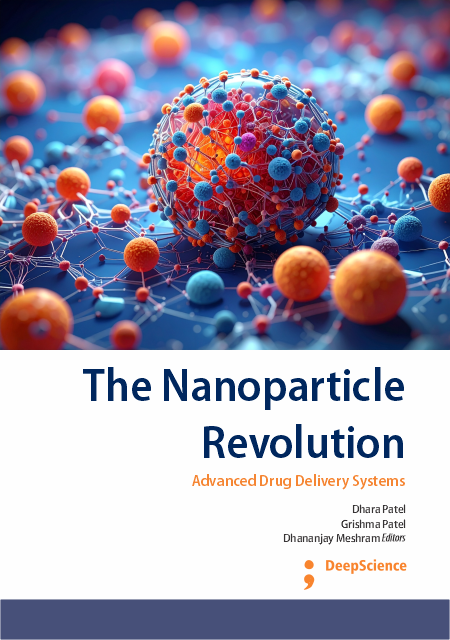Nanoemulsion as Potential Carrier for Topical Drug Delivery
Synopsis
Nanoemulsions are advanced colloidal drug delivery systems consisting of oil, water, surfactant, and co-surfactant with droplet sizes typically in the 20–200 nm range. Their unique physicochemical characteristics, including high surface area, transparency, kinetic stability, and excellent solubilization capacity, make them highly attractive for topical applications. Conventional topical formulations often face challenges such as poor solubility of lipophilic drugs, limited penetration across the stratum corneum, and variable bioavailability. Nanoemulsions overcome these barriers by enhancing drug solubility, disrupting stratum corneum lipids, improving follicular targeting, and providing controlled drug release. Various preparation methods, including high-energy and low-energy techniques, allow for reproducible nano-sized droplets with desired stability. Topical nanoemulsions and nanoemulgels have demonstrated improved skin permeation, higher therapeutic efficacy, and patient compliance in treating dermatological conditions, infections, inflammation, and cosmetic concerns. Despite their advantages, issues such as surfactant toxicity, stability, and scale-up remain limitations. Nevertheless, Nanoemulsions represent a versatile and promising platform for efficient and targeted topical drug delivery.














